#ecological artwork
Explore tagged Tumblr posts
Text






"Caretaking at Comy: Outpost for the Mycelial Young." [Installation]
Ceramic & fungal sculptures by Kai Edwards
#Sci Fi art#eco art#science art#scientific art#ecological artwork#artwork#sculpture#ceramics#mycelium#mushroom#fungi#fungal#mycophile#mycology#foraging#aesthetic#science fiction#original artwork#fine art#fine artist#ecologist#mycologist#mushroom growing#mushrooms#funga#fungus
13 notes
·
View notes
Text


Bulbasaur are small arachnid-like pokemon that can typically be found in large wooded areas. Though they aren't actually a bug type that doesn't mean that other pokemon don't often mistaken them as one. They use this to their advantage as the mistaken typing leads to what would be predators- bug types leaving them be and also some threatening grass types not bothering them due to the type weakness.
Despite what their appearance may suggest Bulbasaur can't actually produce any kind of webbing or silk. So they typically have to 'web' around with their vines instead, with their (small) nests being made purely out of vines and leaves up in tree branches.
They typically live in small colonies when they're young and spread out as they grow older (I.E 'evolve' into an Ivysaur and so on). Usually these colonies are made up of related, sibling Bulbasaur that came of the same clutch or general grandparent.
Alt version. True colors/ version w/o the color filters

#very bad ecology.#my art#pokemon#bulbasaur#Pokémon but worse!#art#artwork#digital art#artists on tumblr#creature#creature art#creature design#monster#monster art#monster design
2K notes
·
View notes
Text
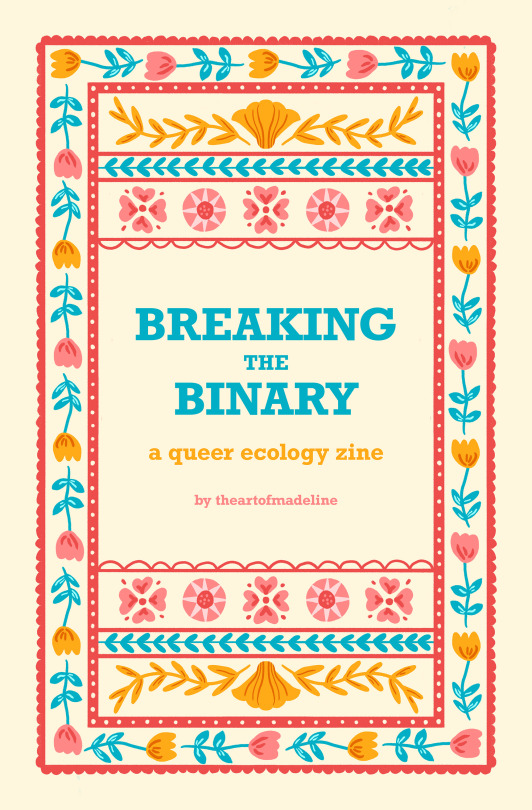

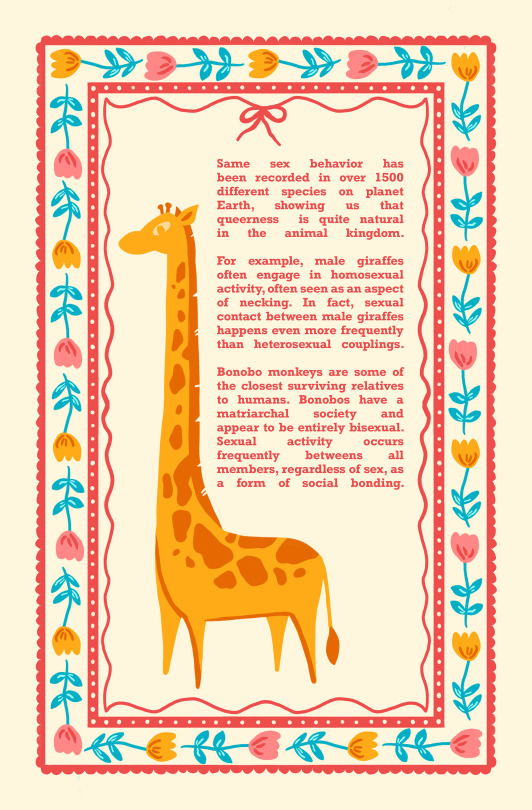



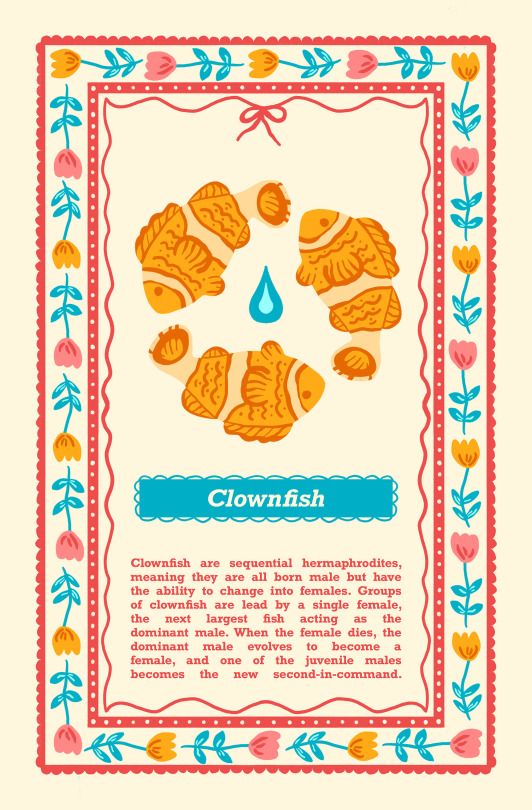
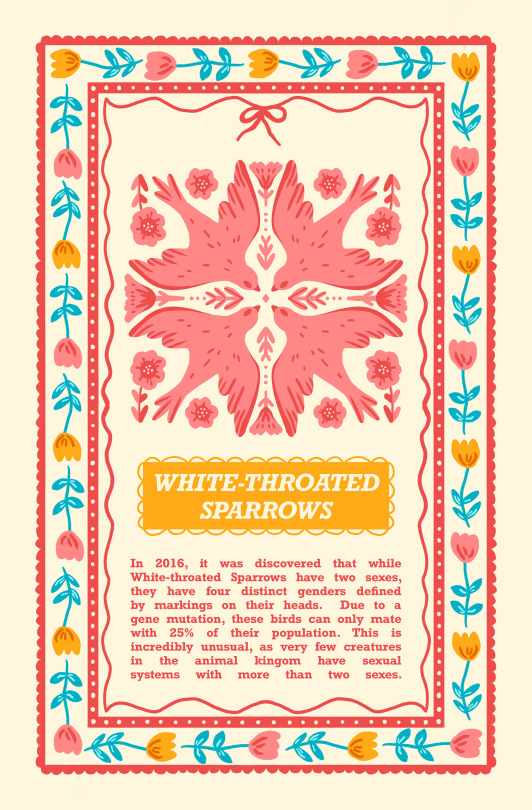
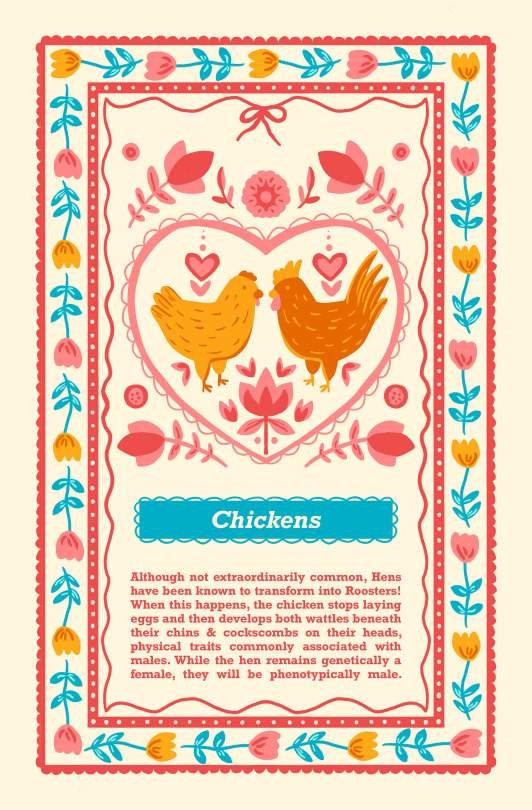

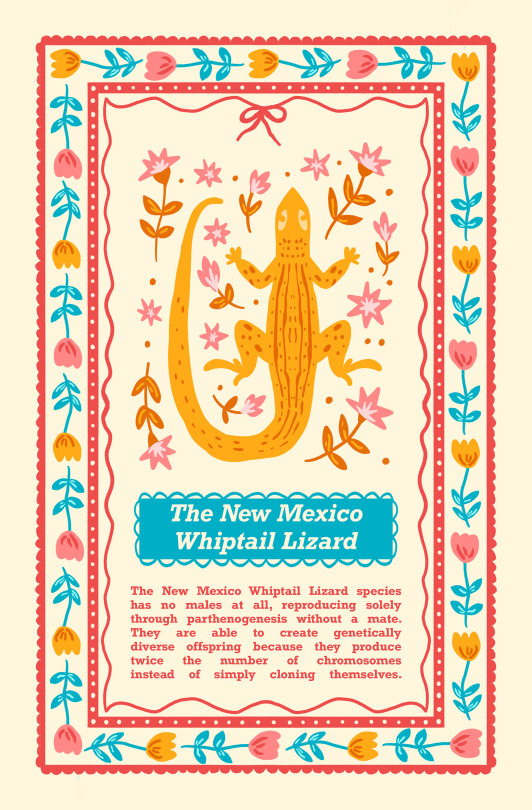

my new zine about queer ecology! researching this taught me that nature is cool af.
available in my shop soon :)
#zine#queer ecology#artists on tumblr#natue#zinemaking#zinestar#illustration#digital art#zines#art#artwork#theartofmadeline#really really happy with how this turned out!!#debated for awhile about where I wanted to just share a preview or the whole thing#but ultimately I researched this topic to share it!!!#and it was so much fun#anyways these should be in my shop next week!!#i hope they print cute#informational#queer#lgbt#lgbtq
523 notes
·
View notes
Text

Sketch linework for the jaw types present within anthropods. These sketches serve to showcase the jaws and general skull shapes seen for each group of anthropods and does not include such things as antennae types present within each group as it can be highly varied. The red lines denote possible esophagus path.
Anthropods are believed to have split off from arthropods during Atterra's early Carboniferous period around 356 million years ago, developing internal skeletons and a closed circulatory system to help them compete against early the early tetrapod's of their time. As the Carboniferous period drew to a close and their athropod cousins began to shrink due to the lower oxygen levels, anthropods moved into the young hollows of Atterra to avoid competition with Atterra's rapidly diversifying tetrapods during its Devonian period and the rainforest collapse caused by climate change at the end of the world's Carboniferous period.
Anthropods can be divided into two groups based on the number of holes present within it's skull, similar to tetrapods. The first group of anthropods are defined by a singular hole in their skill, a fused upper labrum. Many species also have hinged mandibles held in front of the face which are used to secure and process food. The second group of anthropods are generally closer in shape and structure to anthropods while possessing two holes in their skull. Many species in both groups have a mobile bottom labrum which is used to help bring food further into the mouth with the help of two tongues derived from two palps on either side of the mouths of their ancestors.
#art#artwork#creature#creature art#creature design#digital art#drawing#illustration#monster design#monsters#my artwork#my art#my post#lore#fantasy worldbuilding#worldbuilding#speculative zoology#speculative biology#speculative evolution#speculative ecology#monster art#monster#creature drawing#fantasy creature#creatures#digtal art#digtal drawing#digtal illustration#fantasy art#character design
77 notes
·
View notes
Text

"... Frayed are not born in a way we would define birth...at their core they are a monster. Though some circumstances leading to a Frayed's creation may be sympathetic or tragic they will gradually disrupt the ecological balance in the area and push many creatures- not just sentient beings- out....
The Fabric of the Universe is fickle and all of the worlds creatures are subjected to the whims of an ever shifting cloth."
#Calibreon#the frayed#frayed#worldbuilding#Actual beastie and monster#I never quite enjoyed any adventure to go 'kill a monster' that was nothing more than an animal doing what animals do#so I tried to make something that specifically was monstrous and could not coexist even naturally in any setting#as it would be a detriment to the natural ecology around it#not just people or farmland but typical animal populations too#Also frankly I love a good body horror#body horror tw#tw body horror#art#artwork#drawing#illustration
164 notes
·
View notes
Text

Burning.
#art#my art#artwork#concept art#artists on tumblr#illustration#paint#painting#draw#drawing#watercolor#watercolour#gouache#markers#landscape#ambient#wildfire#ecology#global warming
121 notes
·
View notes
Text

Half Human Half Insect
Butterfly or Dragonfly?
#insects#nature core#inaturalist#naturalist#nature#ecology#zoology#biology#insect#bug#bugblr#entomology#bugs#love core#girl core#lovecore#girlcore#contemporary art#contemporary#contemporarypoetry#poetry#abstract art#artwork#abstract#nature poetry#jenny holzer#weird core#ocean core#corecore#boy core
70 notes
·
View notes
Text

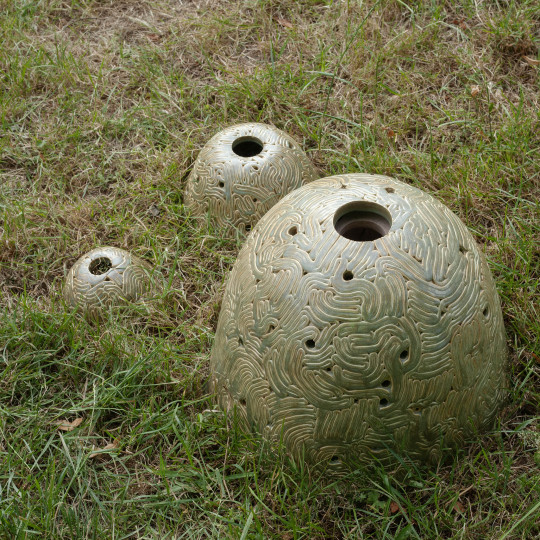
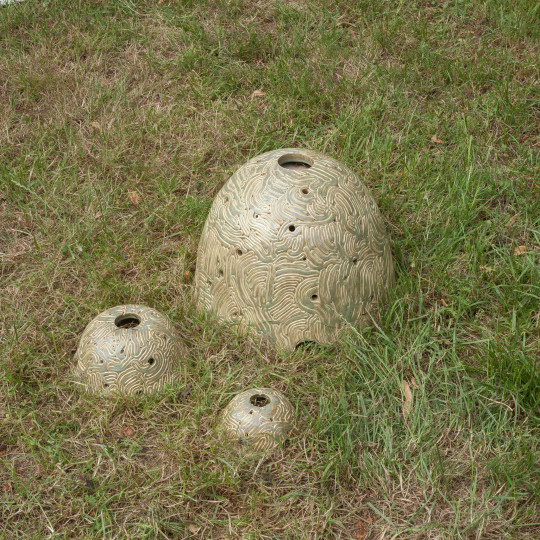

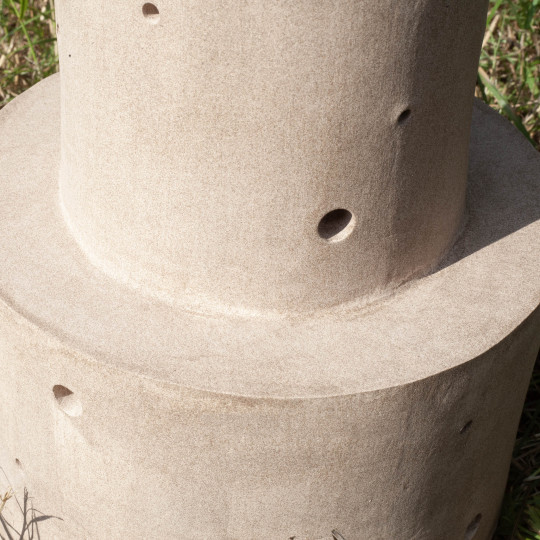


The Layered Woodlouse Mounds [Wildlife habitat sculpture] Stoneware with glaze June 2023
Amy Haigh
This new commission by Amy Haigh is a sculptural habitat (in stoneware with glaze), to be situated outdoors in a publicly accessible greenspace. The Layered Woodlouse Mounds (2023) act as a monument to its namesake species. Although the inhabitants are not seen by human observers for the most part, they live and search for food within the Mounds’ hidden sanctuaries, revealing themselves in fleeting moments as they leave and enter. … for more of my work see amyhaigh.xyz
The Mounds were shown at the Royal Horticultural Society Hampton Court Palace Garden Festival in 2023.
#ceramics#ecology#habitat#outdoor sculpture#artwork#modern art#woodlouse#woodlice#bugs#bug hotel#garden#garden art#garden sculptures#clay#glaze#stoneware#ethology#research#greenspace#outdoor#public sculpture
239 notes
·
View notes
Text
Swimming guy

She’s big, like, really big. As big as a 10yo child. Lore below!

A quick sketch of her laying floaty oothecas. They float on the ocean’s surface to access air, and to protect themselves from predators, they are laid in separate clutches of two to three eggs in each egg case. The hairy texture on their surface traps air to float better, mimics algae, and gives the egg case a nasty taste and texture to deter anything that might want to eat the eggs. They are somewhat closely related to my beloved sandwalkers.
Many animals exit the water to lay eggs, or have evolved oviviviparity or viviparity, but in this case, laying eggs like this means that the mother doesn’t nave to spend extra time traveling to a designated area to reproduce. But since oothecas need some time to dry up, she still has to spend a minute or so holding one with her anus out of the water. Still though, this is a quite beneficial tactic for a very r-selected animal that relies on frequent and plentyful reproduction.
#speculative evolution#creature design#spec bio#spec evo#artists on tumblr#digital art#worldbuilding#speculative fiction#artwork#bugs art#bugs#speculative biology#speculative zoology#speculative ecology#original species
55 notes
·
View notes
Text
Prehistoric treasure.
The last primeval forests on Earth are a true treasure trove of medicines and a haven for countless creatures. the most famous area of old forests is the Amazon, where a dramatic fight is taking place today to preserve this treasure for future generations of animals and people.



#ai art#ai#ai artwork#ai generated#artificial intelligence#amazonia#jungle#atmospheric#animals#trees#forest#lake#mountains#bandcamp#nature#landscape#sunset#leopard#wild#wild nature#ambient#world#woirld music#ai graphic#ai gallery#eco#ecology#d#Bandcamp
24 notes
·
View notes
Text


🍄🍂 FALL QUEER ZINE SALE🍂🍄
Click here and have a peek of what Zines I've got on sale! 50% off PDF Versions (£5 each) & 20% off physical copies (£10 each)! AND hey are all MUSHROOM themed!
#queer#zine#queer zine#artist#illustration#mycology#queerness#queer nature#mushrooms#fungi#mushroom#toadstool#kinning#ecology#art sale#artwork#trans#enby#nonbinary#gay#lesbian#pansexual#asexual#transgender#transmasc#transfem
25 notes
·
View notes
Text

Various field sketches of some Potworian animals that will be covered in future posts about the planet’s natural history.
#speculative ecology#speculative#speculative evolution#speculative biology#speculative zoology#speculative fiction#pencil artwork#pencildrawing#pencil sketch#pencil art#doodles#doodle#sketches#sketch#original species
22 notes
·
View notes
Text
INKTOBER
Day 21: Rhinoceros. Nova Kachovka.

Day 22: Camp.
The solovki special camp was the largest soviet concentration camp. Nowadays, russians have created a lot of concentration camps, where they send Ukrainian POWs and civilians to torture or kill them.

#ukraine#russia is a terrorist state#russian aggression#russia#russian invasion#fuck russia#genocide#russian imperialism#russian culture#genocide of ukrainians#animals#zoo#ecocide#тварини#nova kakhovka#artwork#artist#artists on tumblr#art#inktober#укртамблер#український тамблер#український tumblr#укртумба#укртумбочка#украрт#арткозацтво#war crimes#ecology#ussr
10 notes
·
View notes
Text
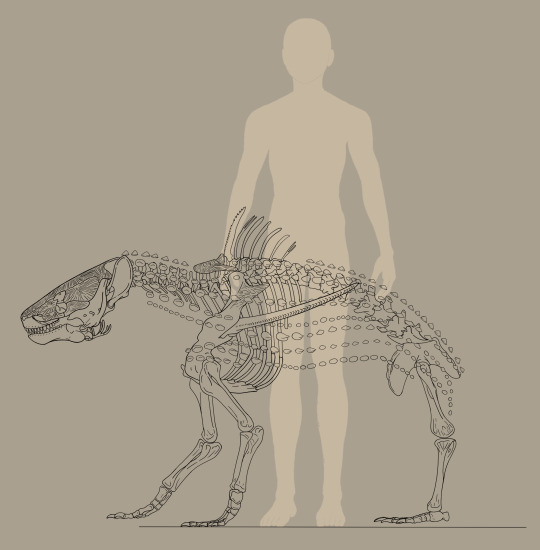
Atterran Terrestrial Catfish (also known as whisker fish) are a lineage of non-teleost fish that have successfully transitioned to terrestrial life, like the ancestors of tetrapods on Earth and Atterra.
Like Earth, the oldest currently known catfish fossils date back to the late cretaceous period of Atterra, which, according to Old World archives, was found in the western continent. While the original fossil was lost during The Fall, the surviving data indicates that the fossil was from a species of armored catfish with similar morphological adaptations to modern-day armored catfish. Atterran biologists theorize catfish evolved between 100-110mya at the beginning of the late Cretaceous period or near the end of the middle Cretaceous period. Unlike the terrestrial teleost fish lineages, the ancestors of the terrestrial catfish did not develop within the hollows of Atterra but instead on the evolved deserts of the surface. These basal catfish would move between bodies of water across the desert sands, like the armored catfish of Brazil, to find food and reproduce. Whenever these fish could not find a suitable body of water, they would hunker down in the mud and hibernate until the wet season arrived, bringing more pools for the fish to inhabit.
Over time, during the late cretaceous, as the desert slowly began to become drier and the catfish had to traverse farther and farther to find suitable pools of water, the catfish's branchial tissue behind their gills slowly became more robust. Taking up larger portions of the body behind the head as the gills began to become smaller from less time spent in water. At the same time, the skin of the ancestral terrestrial catfish became thicker and more resistant to water loss, allowing the catfish to spend more time traversing the dunes in search of water or cool places to hide. Eventually, the armor plating of the ancestor's body became less rigid and sparser, allowing the catfish more flexibility as it raffled across the desert, leading the fish to incorporate its tail into its locomotion and utilize it as a powerful springboard to hop forward. As the catfish's gait and locomotion improved, the brachial tissue moved down into the fish's chest cavity to form primitive lungs. The gill arches began to ossify into the ear and hyoid bones to aid the fish in detecting predators and swallowing food. Alongside the new ear bones, the gill cover slowly became less ossified and flexible to turn into external ears.
Terrestrial catfish are believed to have survived the end cretaceous extinction event on Atterra by being generalists that would eat anything they could fit in their mouths and being just armored enough to ward off many potential would-be predators. Like their ancestors, terrestrial catfish still possess mobile venomous dorsal and pectoral spines to ward off predators should their armored hide prove not enough to deter would-be predators. The stings of terrestrial catfish are excruciating and often cause redness and severe swelling around the area of the sting. In some species, tissue necrosis may also occur, making them a dangerous prey item many predators approach with caution when hunting.
#art#artwork#digital art#drawing#illustration#creature#creature art#creature design#monster design#monsters#fantasy art#my art#drawings#digital 2d#digital illustration#digital drawing#digitalart#clip studio paint#artist#sketches#sketch#doodle#skeleton art#skulls#anatomy#fish#speculative ecology#speculative biology#speculative zoology#speculative evolution
140 notes
·
View notes
Text



#poppy playtime#poppy playtime catnap#my art#poppy playtime smiling critters#smilling critters#poppy playtime deep sleep#poppy playtime chapter 3#catnap#poppy playtime oc#digital aritst#artists on tumblr#art#digital art#artwork#fan art#short comic#oc art#oc#ecological clean mouse
9 notes
·
View notes
Text

#old stuff from reddit#art not mine#art not by me#speculative zoology#speculative evolution#speculative biology#specevo#spec evo#spec bio#spec zoo#creature design#creature concept#creature drawing#reddit archive#reddit#artwork#art#frog art#parasite#speculative ecology#reddit migration#specbio#speculative anatomy#creature sketch#worldbuilding#creature art#creature illustration#creaturedesign
67 notes
·
View notes